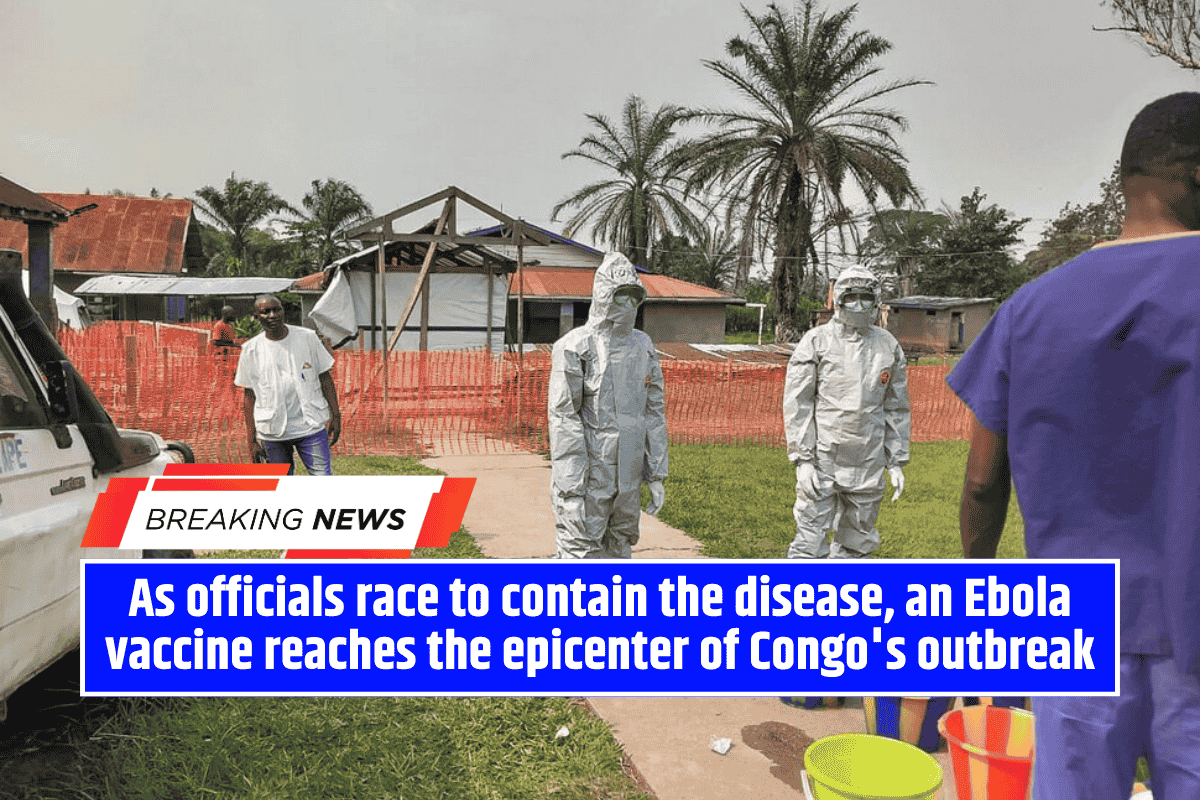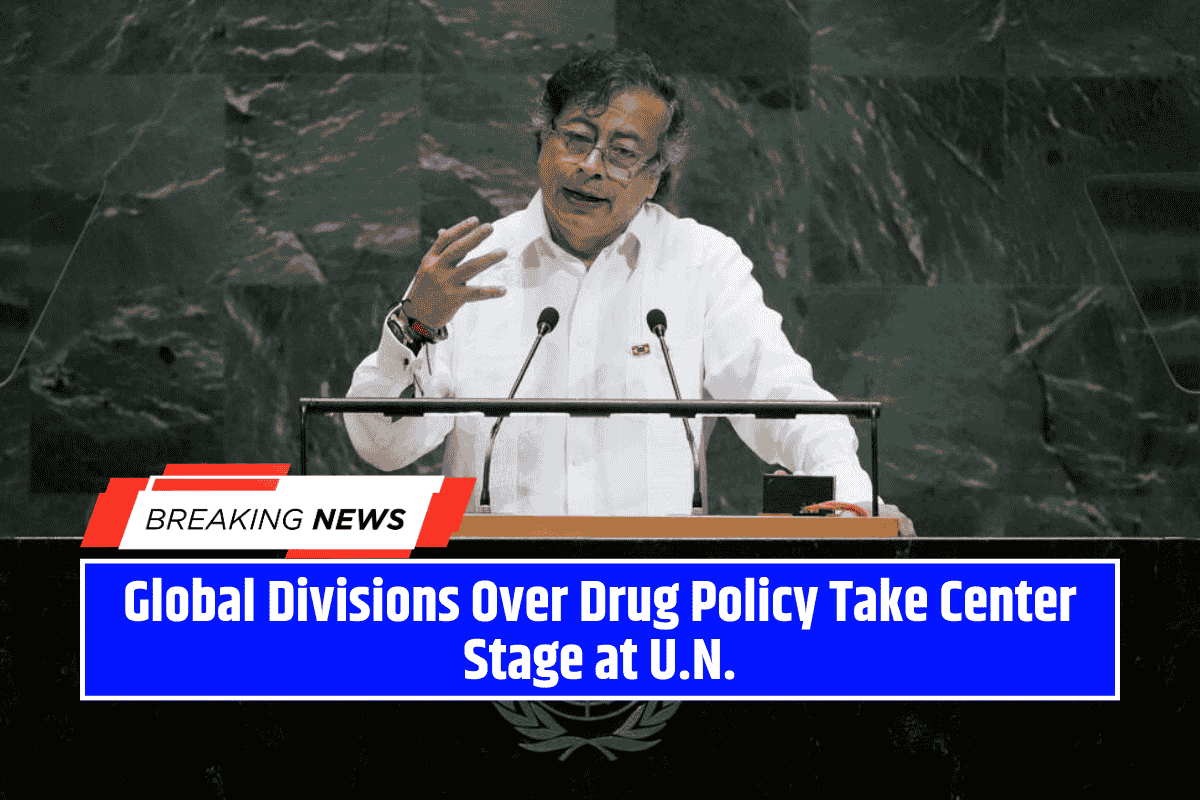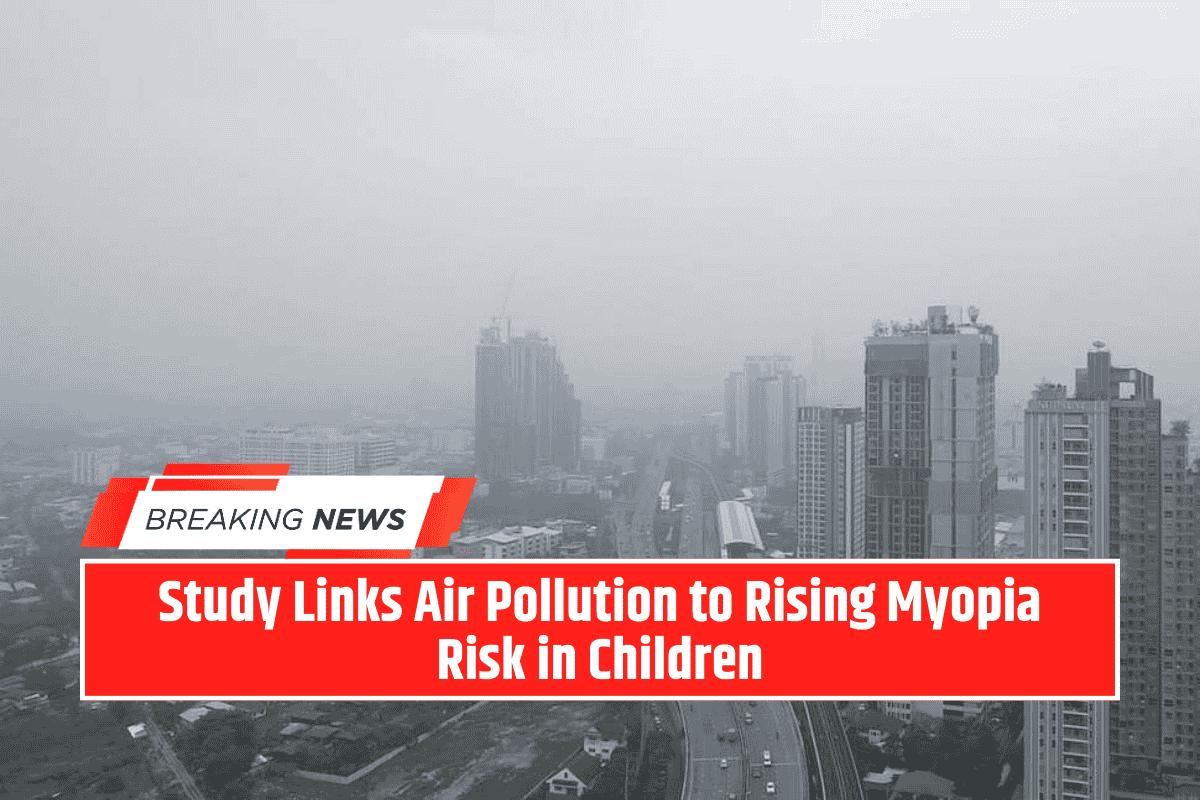Southern Congo is currently facing its first Ebola outbreak in 18 years, and health officials are racing against time to contain it. The outbreak, confirmed on September 4, 2025, is centered in Kasai province, a remote area over 1,000 kilometers away from the capital city, Kinshasa.
The World Health Organization (WHO) and local health authorities are working together, but their efforts are being challenged by poor road access, limited logistics, and a shortage of funds.
The Growing Crisis in Kasai
The number of suspected Ebola cases has climbed quickly — from 28 to 68 in just over a week. So far, there have been 16 reported deaths, including four health workers. Experts fear that if the virus spreads to other health zones within the province, the crisis will become even more difficult and expensive to manage.
Patrick Otim, WHO’s program area manager, said the organization has been struggling to reach affected areas, but with help from the U.N. peacekeeping mission (MONUSCO), they were able to deliver 400 vaccine doses to the epicenter in Bulape using a helicopter. An additional 1,500 doses are expected to arrive soon from Kinshasa.
Vaccinating Health Workers Is the First Priority
Given the number of frontline workers infected, the immediate focus is on vaccinating health care providers. “Protecting these front-line workers is essential to ensure the population receives adequate care,” said Mathias Mossoko, Congo’s Ebola response coordinator in Bulape.
To date, officials have traced over 600 contacts of suspected Ebola patients. Encouragingly, only one contact has tested positive, and there is minimal risk of spread to other provinces at this point. Mossoko added that while the situation is serious, it is not yet appropriate to declare a public health emergency.
The Cost of Containing the Outbreak
The WHO estimates it will cost $20 million over the next three months to deal with the outbreak. Meanwhile, Congo’s national plan projects a total cost of $78 million. Otim said that while operations are ramping up, lack of funding remains a major hurdle.
Making matters worse, the recent cuts in U.S. funding have had a noticeable impact. In past outbreaks, the U.S. Agency for International Development (USAID) played a key role, providing over $11 million during the 2021 outbreak. That kind of financial support is now uncertain.
Aid Groups Step In
Medical charity Doctors Without Borders (Médecins Sans Frontières) is on the ground assisting the local and international response. They’ve helped set up an Ebola treatment center at Bulape hospital, trained staff in infection prevention, and supplied essential medical equipment and protective gear.
Brice de le Vingne, the group’s emergency coordinator, said, “We helped reinforce triage protocols, supplied essential medicines and personal protective equipment, and conducted training in infection prevention and control and symptomatic care.”
Congo’s latest Ebola outbreak is a stark reminder of how fragile health systems can be in remote areas, especially when compounded by poor infrastructure and financial shortfalls.
While local and global health teams are working tirelessly to contain the virus, success will depend heavily on continued international support, rapid logistics, and protecting health workers on the front lines.
With quick action and proper resources, officials hope to prevent the outbreak from spreading further — but time and funding are quickly running out.









